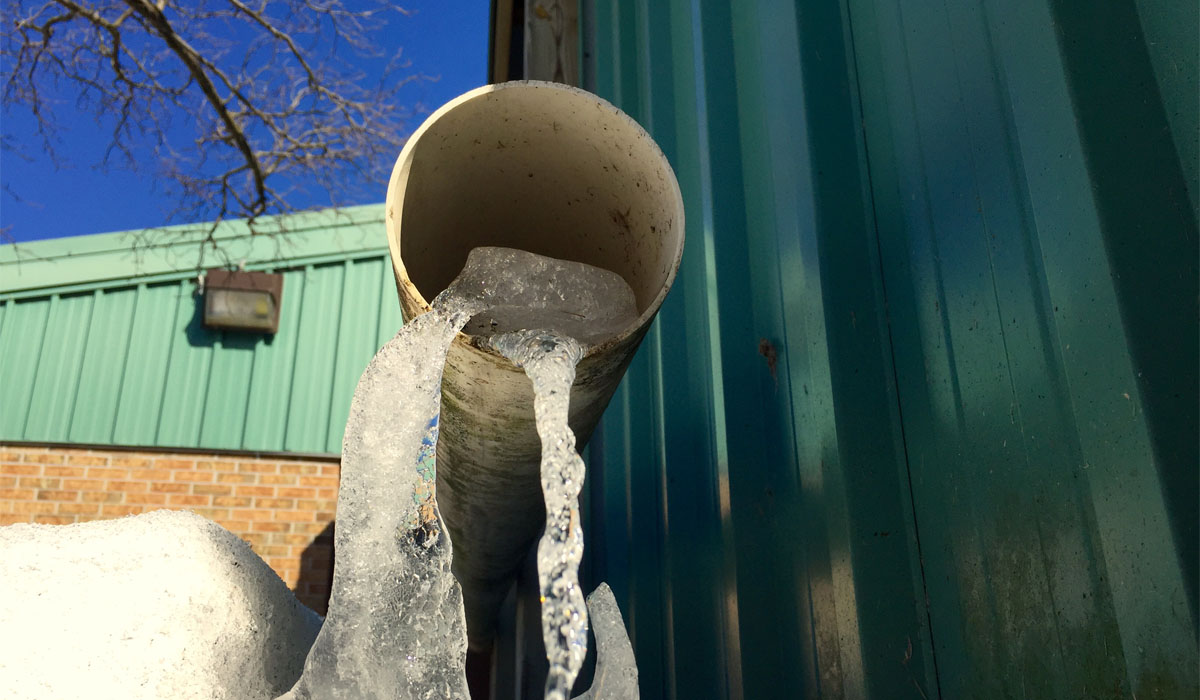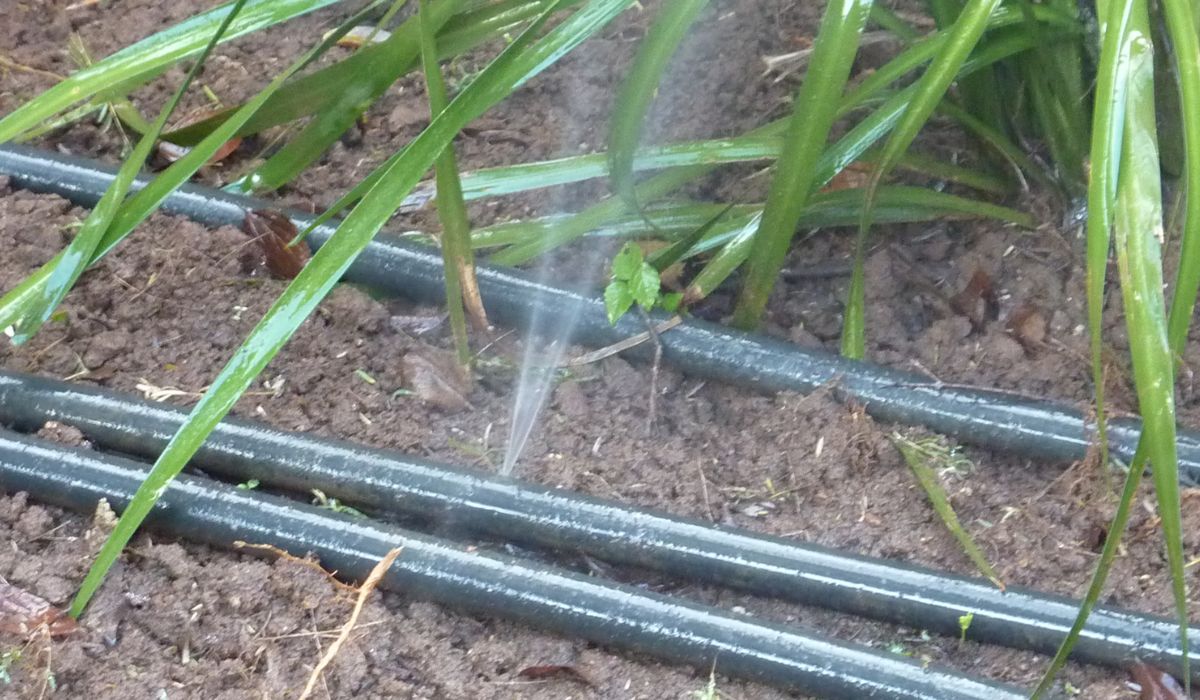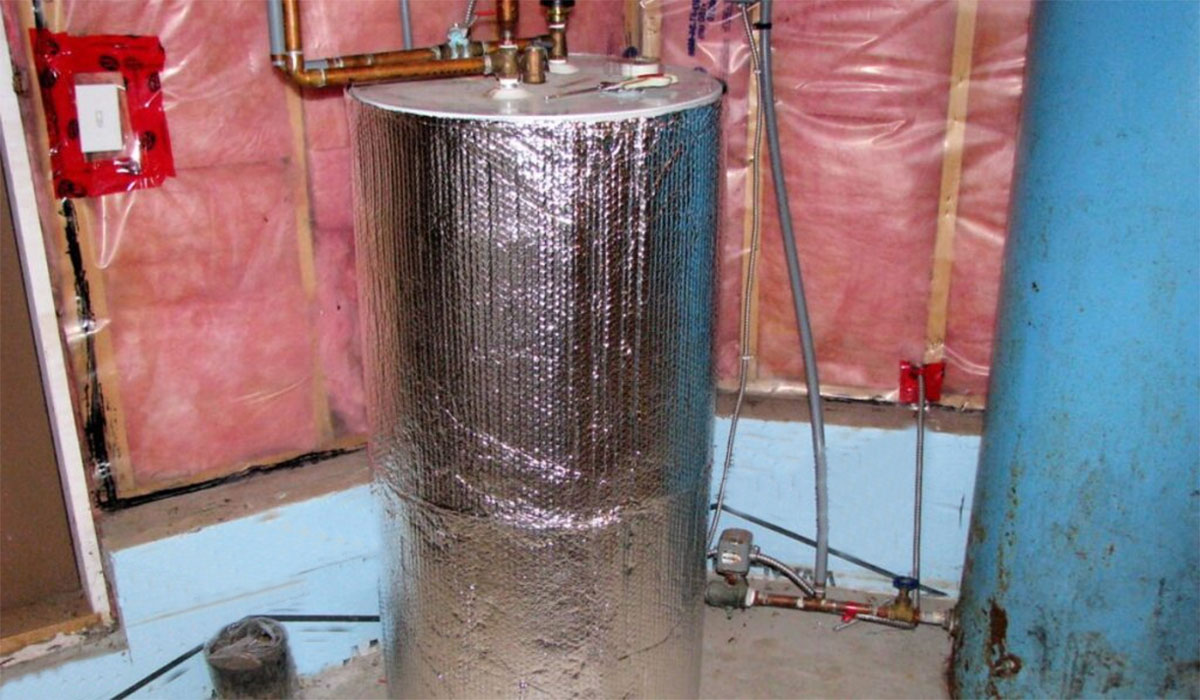
5 Tips For Winterizing Your Plumbing System
Keep Your Plumbing System In Tip-Top Shape This Winter
During these cold months, you will have to deal with many problems. Don’t let a plumbing problem get worse and bigger over time. Bee Quick Plumbing & Sewer provides good work. Our trained plumbers can fix any problem quickly so that it doesn’t get in the way of your life. Call (630) 923-1942 to get a quote, and let us give you peace of mind this winter with our quality services.
Visit our FAQs for more details. Also, check our reviews to see why we are among the best local plumbers.
5 Tips For Getting Your Plumbing System Ready For Winter
Winter is coming, so you should prepare your home for the cold.
You can have water heater installation or pipe insulation, for example. During the winter, your pipes are more likely to freeze if they are older. If nothing is done, this could lead to bad things. So it’s best to make plans now before it gets cold.
The Energy Star program of the Environmental Protection Agency says there are five things you need to do to insulate your pipes:
1. Insulate Your Pipes
Insulating your pipes is one of the best ways to keep your plumbing safe during the winter. The water in your pipes can freeze when the temperature gets below freezing. It could cause water pipes to burst. To stop this from happening, you should wrap your pipes with foam pipe insulation. This will help keep your pipes warm and prevent them from breaking.
It can be as simple as wrapping them with bubble wrap or tucking a blanket around them. But if you want to go the extra mile, there are a few more creative ways to keep your pipes warm and cozy during the winter. Here’s how to insulate your plumbing system:
Use Pipe Insulation
Depending on the size of your pipes, pipe insulation comes in many different shapes and sizes. This is a great option for homeowners with many exposed pipes that need to be protected from the weather.
Install Heat Tape On Exposed Pipes
Heat tape is another great way to keep your pipes warm because it can be plugged into a wall outlet and warms up when it’s below freezing outside. Also, it’s easy to set up—wrap it around the pipe and plug it in.
Wrap Exposed Pipes With Bubble Wrap Or Blankets
Before winter, cover any exposed pipes with bubble wrap or blankets if you don’t want the lines to show on your walls. So they won’t have to worry about the bitter cold outside. You can also put heat lamps near these places when it gets too cold outside. As a result, they don’t freeze inside because they stay warm enough.
- Insulate Your Basement Walls
If your basement walls are made of brick or concrete, you might want to add more insulation to help keep the cold air out and the warm air in. This will keep your pipes from freezing all over the house and save you money on energy bills.
Follow these easy steps to insulate your plumbing system and keep your pipes warm and safe during the winter. It’s easy to save money and keep your house comfortable all year. Look for plumbers near me right away if you have any questions. Also, if you need help figuring out which type of insulation is best for your situation, they will be happy to help you insulate your pipes and get them ready for the cold winter months ahead.

2. Check For Leaks
Leaks can damage your house, so it’s important to look for them before it gets cold. If your plumbing system leaks, you should fix it as soon as possible because leaks can get worse when it’s cold outside.
To look for leaks:
- Turn off all the water sources in your home.
- Run water through each faucet and listen for any sounds that might indicate a leak.
- If you hear strange noises from a faucet or pipe, turn off the water and call a plumber immediately, so the problem doesn’t worsen.
3. Clean Out Gutters
Ensure your plumbing system is ready for the cold winter months. One of the most important steps in this process is to clean out your gutters. Keeping your gutters clean can help prevent water damage and other plumbing problems from happening to your home. Here are some tips on cleaning your gutters so your plumbing is ready for winter.
Remove Debris
The first step in cleaning out your gutters the right way is to get rid of any debris that has built up. This includes leaves, branches, and twigs that can get stuck in your gutters. To avoid getting hurt, you should use a ladder or another safe way to get to the gutters.
- Clean The Gutters
After the trash is gone, the gutters need to be cleaned. You can do this with a garden hose, a pressure washer, or a vacuum attachment with a gutter-cleaning attachment. Make sure the water doesn’t get into your house or downspouts
Inspect The Gutters
After you clean the gutters:
- Look for signs of damage.
- Check your home for cracks, holes, rusty spots, and other problems that could let water in.
- Fix anything that needs to be fixed before winter comes.
- Install Gutter Guards
If your gutters get clogged, you might want to put gutter guards on them to keep debris out. Gutter guards keep leaves, twigs, and other debris out of your gutters so they don’t get clogged and cause water damage.
This will help keep your home safe from damage caused by water and other plumbing problems. Prepare your plumbing system for the winter by doing what you need to.

4. Install A Water Heater Blanket
Winter is coming up fast, so now is the time to prepare your plumbing for the cold. Installing a water heater blanket is a great way to ensure your plumbing is ready for winter. Let’s talk about putting a water heater blanket on so your plumbing is ready for the winter.
- Choose The Right Size
Make sure you have the correct size blanket for your water heater before you start the installation. Take note of your water heater’s height and width, as well as its length. It makes sure that you get the right-sized blanket for your unit.
- Turn Off The Water
Once you’ve selected the correct size blanket, you’ll need to turn off the water to your water heater. You’ll also need to turn off the electricity or gas supply to the unit to ensure it’s safe to work on.
- Remove The Old Blanket
If you already have a water heater blanket, you must take it off before continuing. Carefully take off the old covering and throw it away.
- Wrap The Blanket Around The Water Heater
After removing the old blanket, you can start putting on the new one. Wrap the new blanket around the water heater as tightly as possible and ensure it fits well. Ensure the blanket is spread out evenly so it doesn’t get bunched up in one spot.
- Secure The Blanket
After you put the blanket where you want it, you can tie it down with tape or straps. Check to ensure the blanket is in place and won’t fall off in the winter.
- Turn The Water And Electricity Back On
Once the blanket is secure, you can turn the water back on and turn the power back on. You can now turn your water heater back on.
Installing a water heater blanket is a quick and easy way to prepare your plumbing system for winter.
5. Shut Off Outdoor Water Supply
Finally, you should shut off the outdoor water supply before winter arrives. This will help keep your outdoor pipes from getting broken, which can be expensive. Once you’ve shut off the water supply, you should also open the outdoor faucets to ensure that any remaining water can drain out.
By taking these steps to get your plumbing system ready for winter, you can help prevent any potential damage and costly repairs. It’s essential to take care of it and ensure everything runs correctly before the cold weather arrives.
For quality plumbing services, contact Bee Quick Plumbing & Sewer today. Our team will carefully review your system, let you know how it’s doing, and fix any problems as soon as possible. We will also tell you what future issues to look out for. Call (630) 923-1942 to get a quote and let us prepare your system for the coming cold months so you can stay safe and warm.
Bee Quick Offers The Following Services:
Other Articles We’ve Hand-Picked For You:
Frequently Asked Questions
The plumbing should be winterized when a house is empty for a long time and no water runs through the pipes. To winterize, you must empty the water heater, drain all the water from the pipes, and fill all the fixtures with an antifreeze solution.
Allow cold water to drip from the exposed pipes’ faucet when cold outside. Even if it’s just a trickle, running water through the pipe helps keep pipes from freezing.
Set your thermostat to the lowest temperature to keep your pipes from freezing but do not turn it off; at least 50 to 55 degrees should do it. You want it to be warm enough to keep your pipes and other equipment from freezing.
We all know that freezing begins at 32° F or 0° C, but when do our homes’ pipes freeze? Temperatures only need to drop to around 20° F for a few hours to endanger exposed pipes. So, insulate your exposed pipes to keep the temperature above freezing.
You want to keep your pipes from freezing and bursting, which could cause significant water damage in your home. Winterization is especially important when a home is vacant during the winter. This means turning off the water, letting the water heater drain, and ensuring no water is left in your plumbing system.
If the water is initially hot, cooled water at the bottom is denser than hot water at the top, so there will be no convection, and the bottom will begin to freeze while the top remains warm. In some cases, this effect, combined with the evaporation effect, may cause hot water to freeze faster than cold water.
Never use a blowtorch, propane or kerosene heater, charcoal stove, or any other open flame device to thaw frozen pipes. This poses a significant fire risk. You should also avoid using a space heater unless the area is free of flammable materials.


 Powered by
Powered by